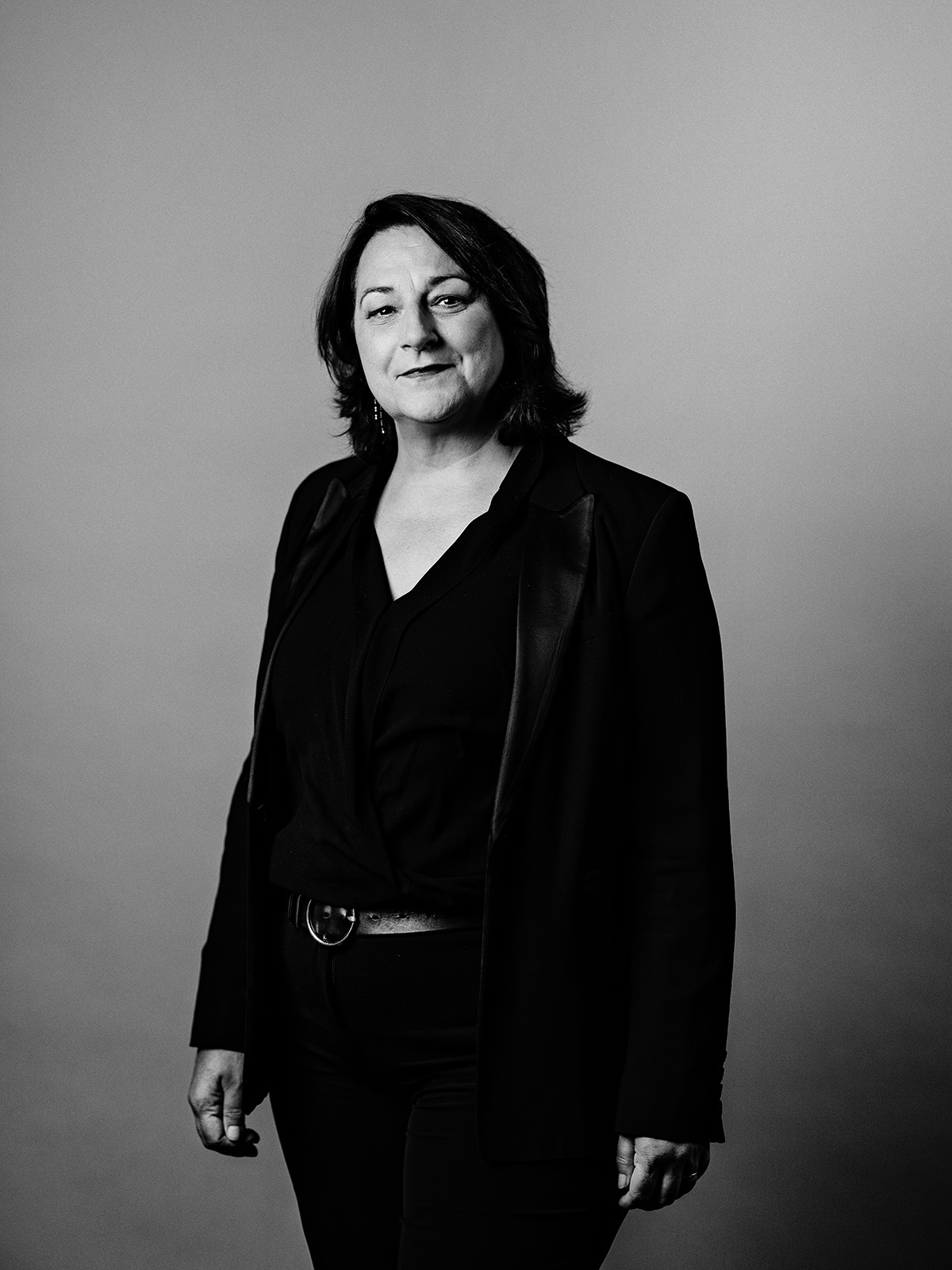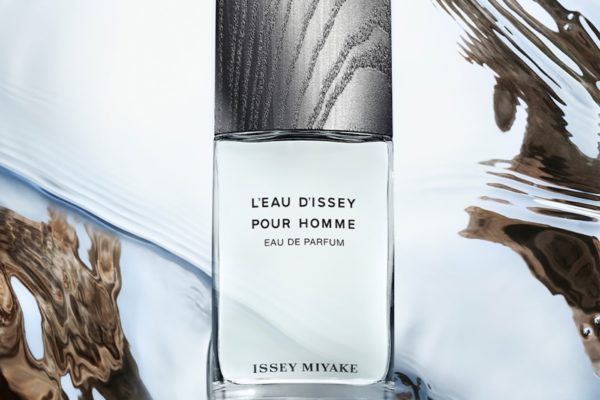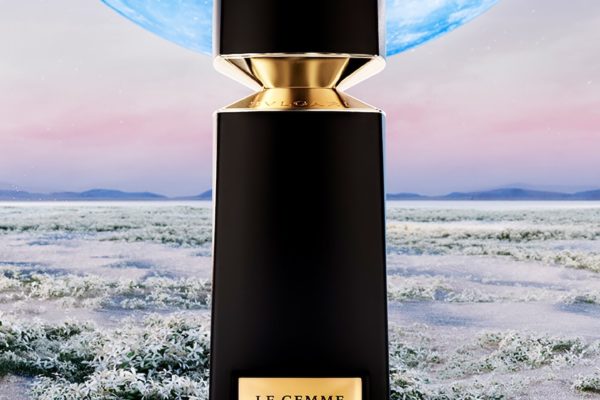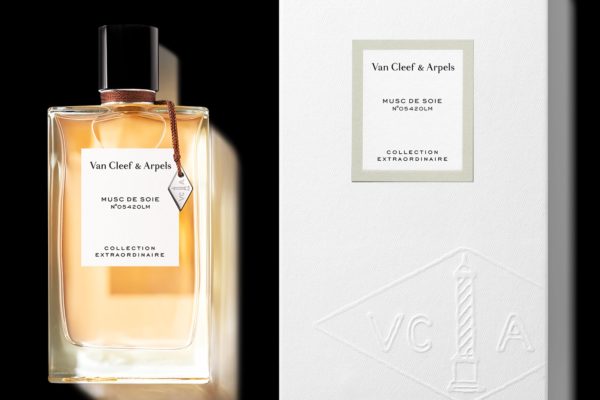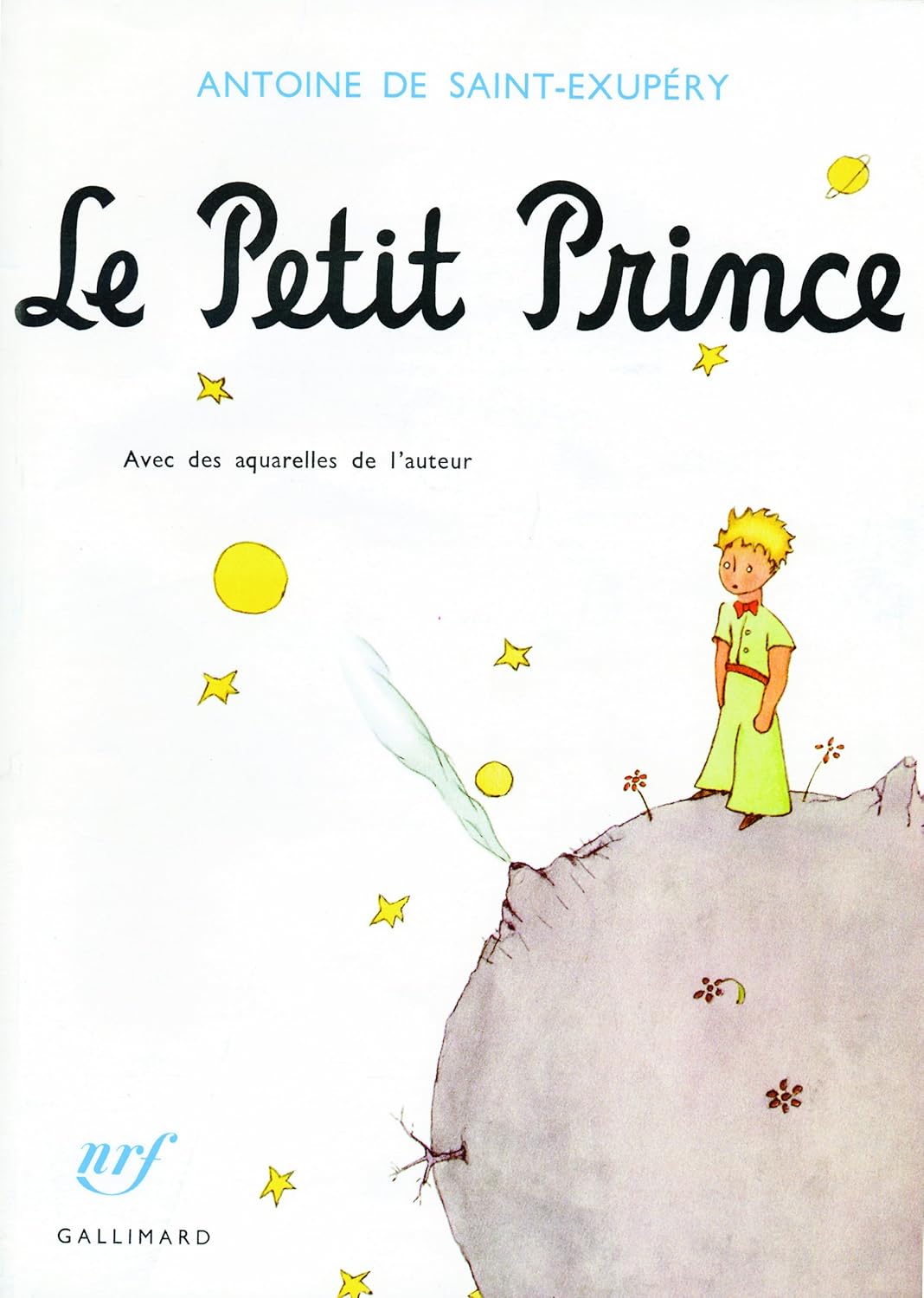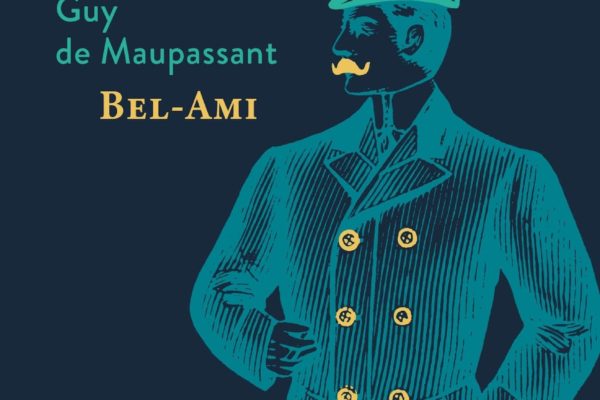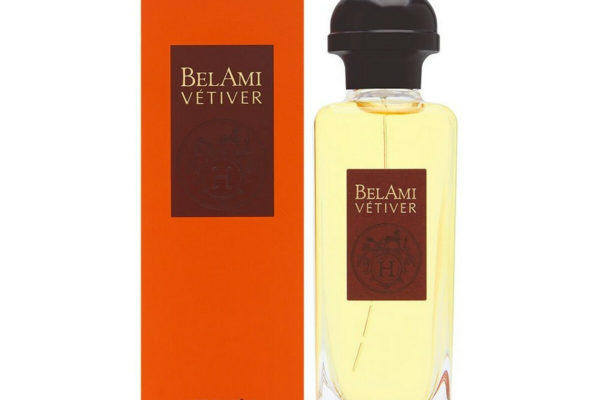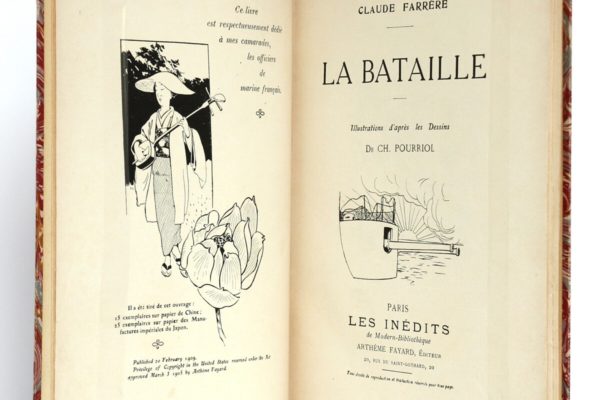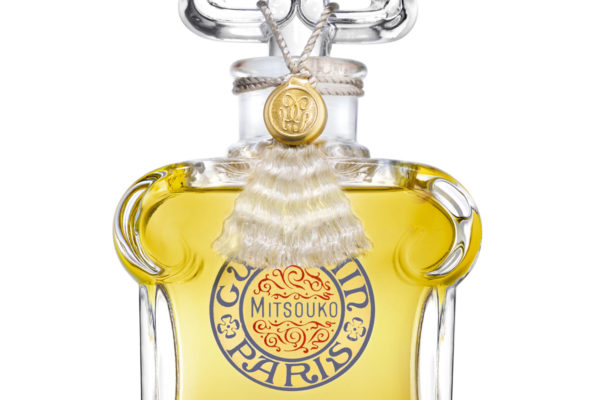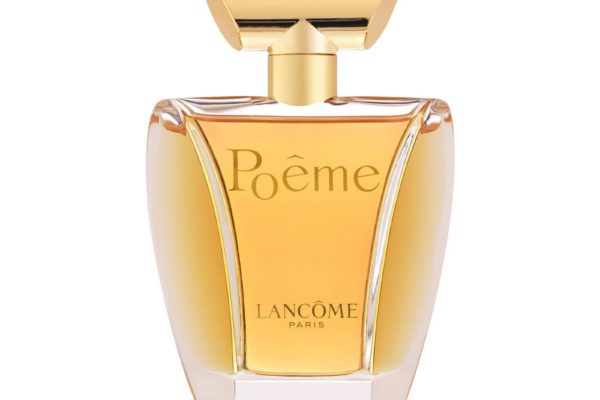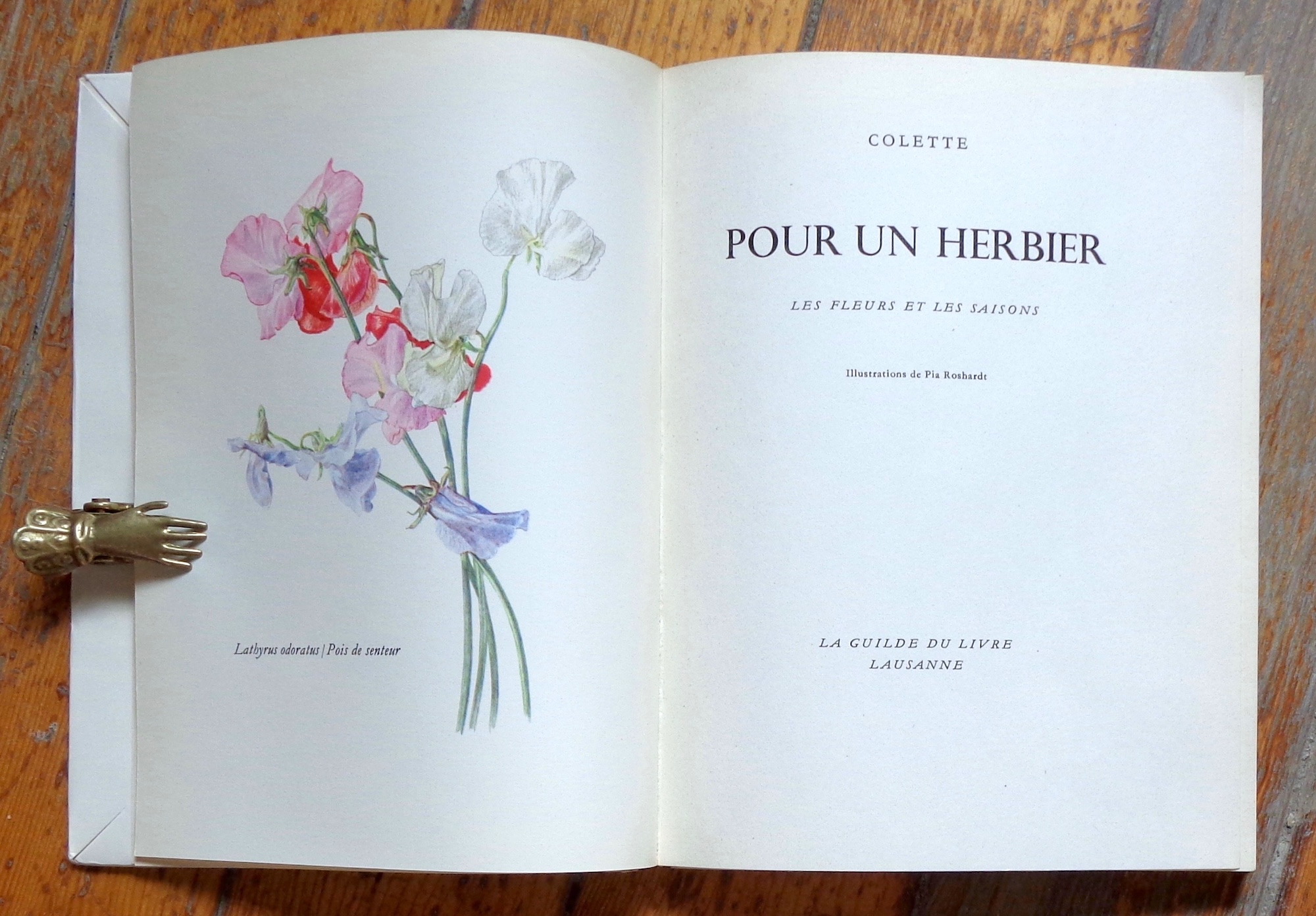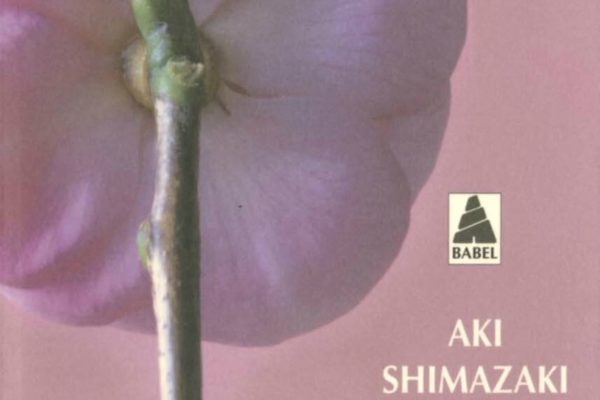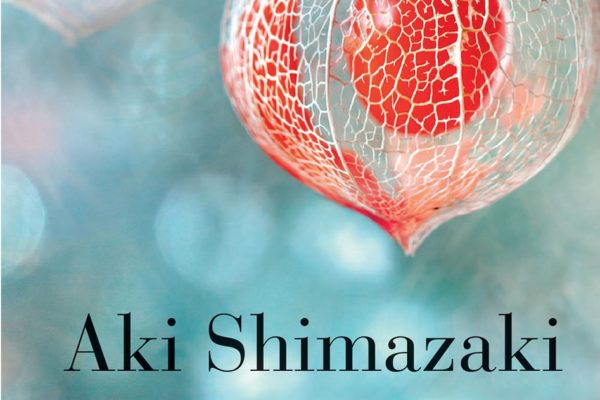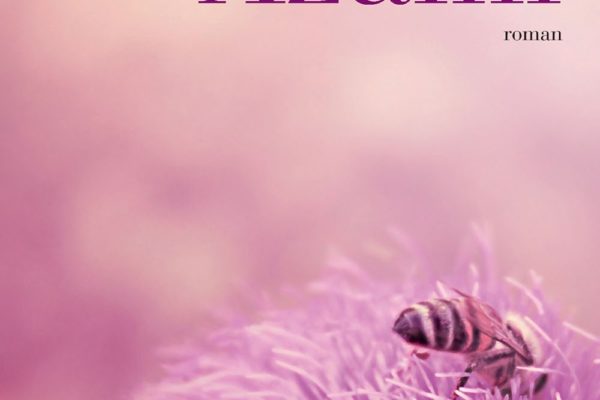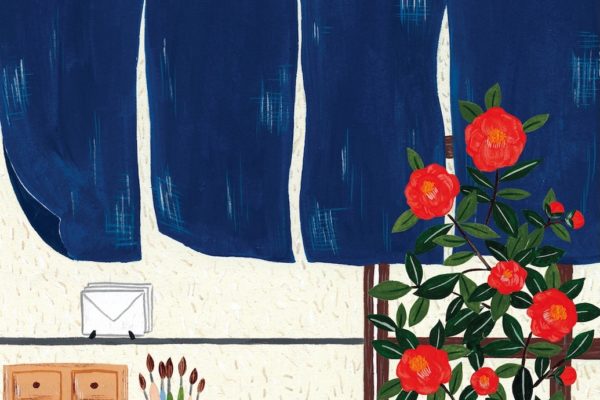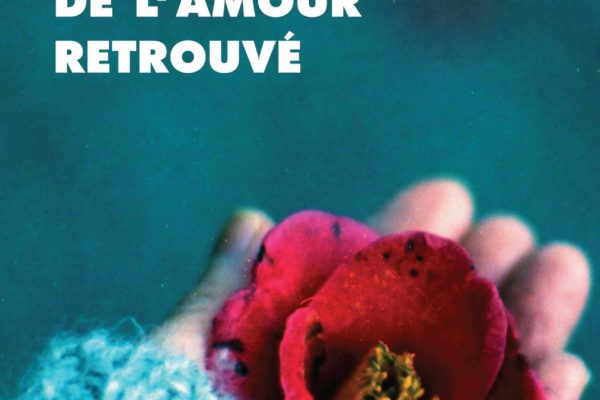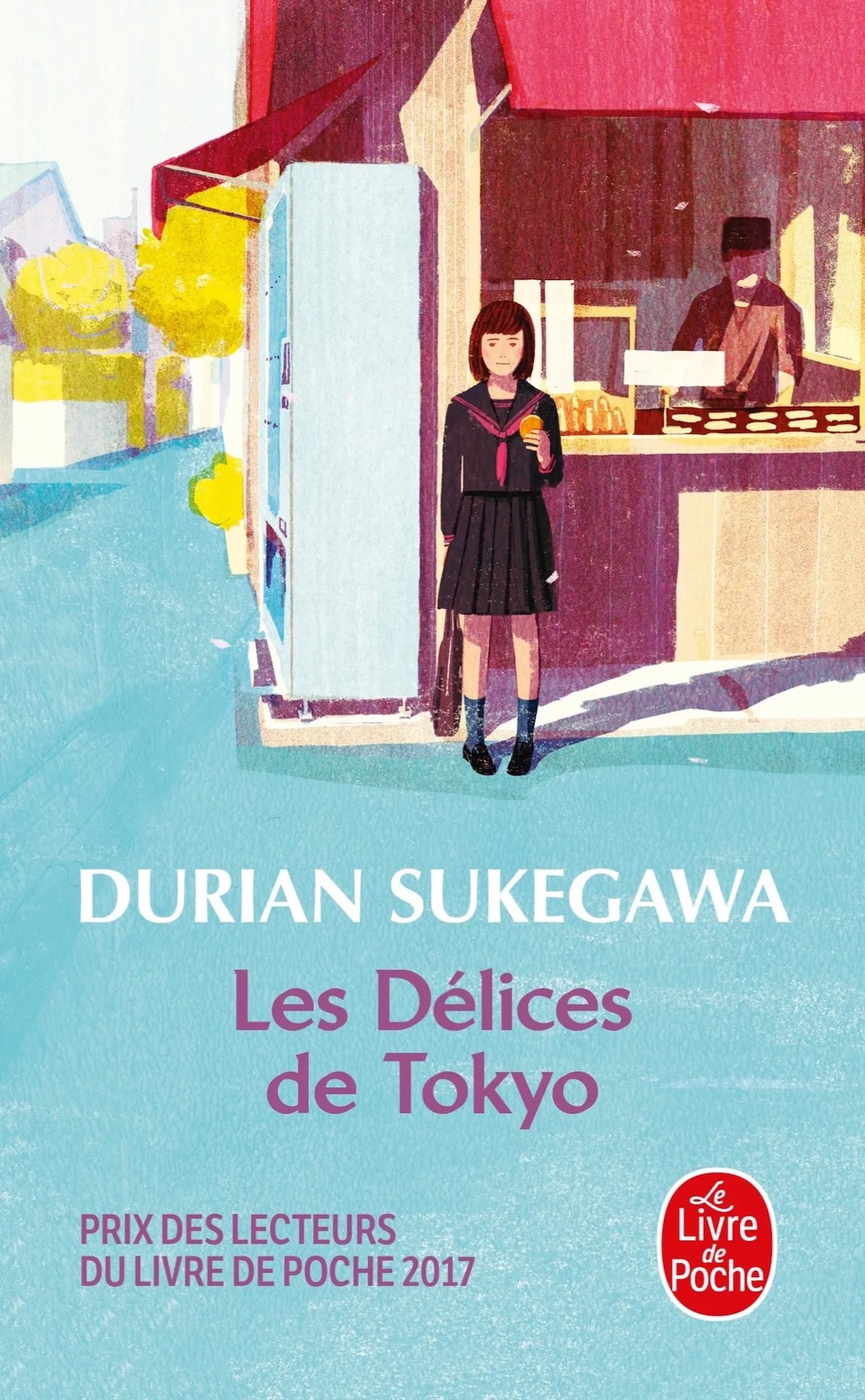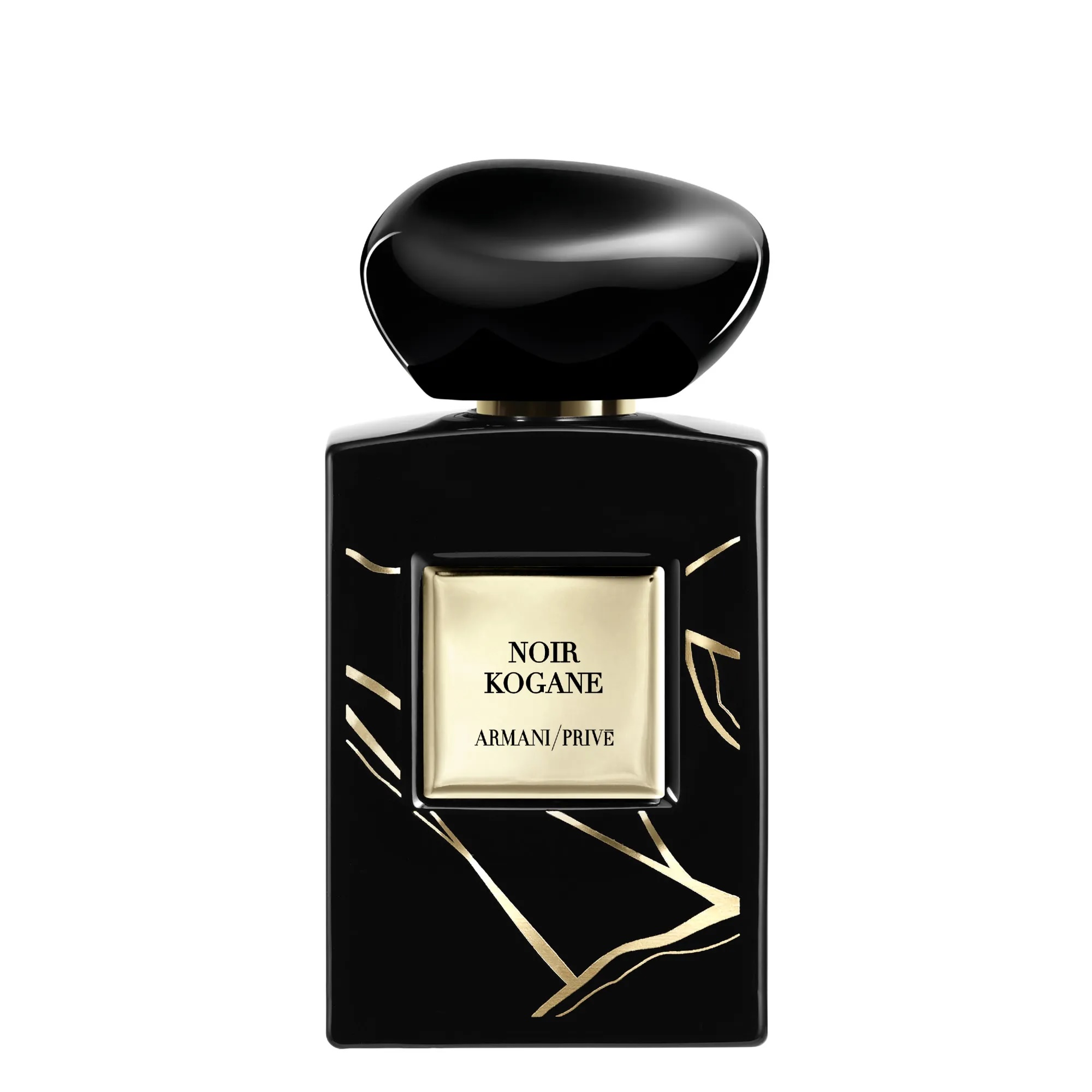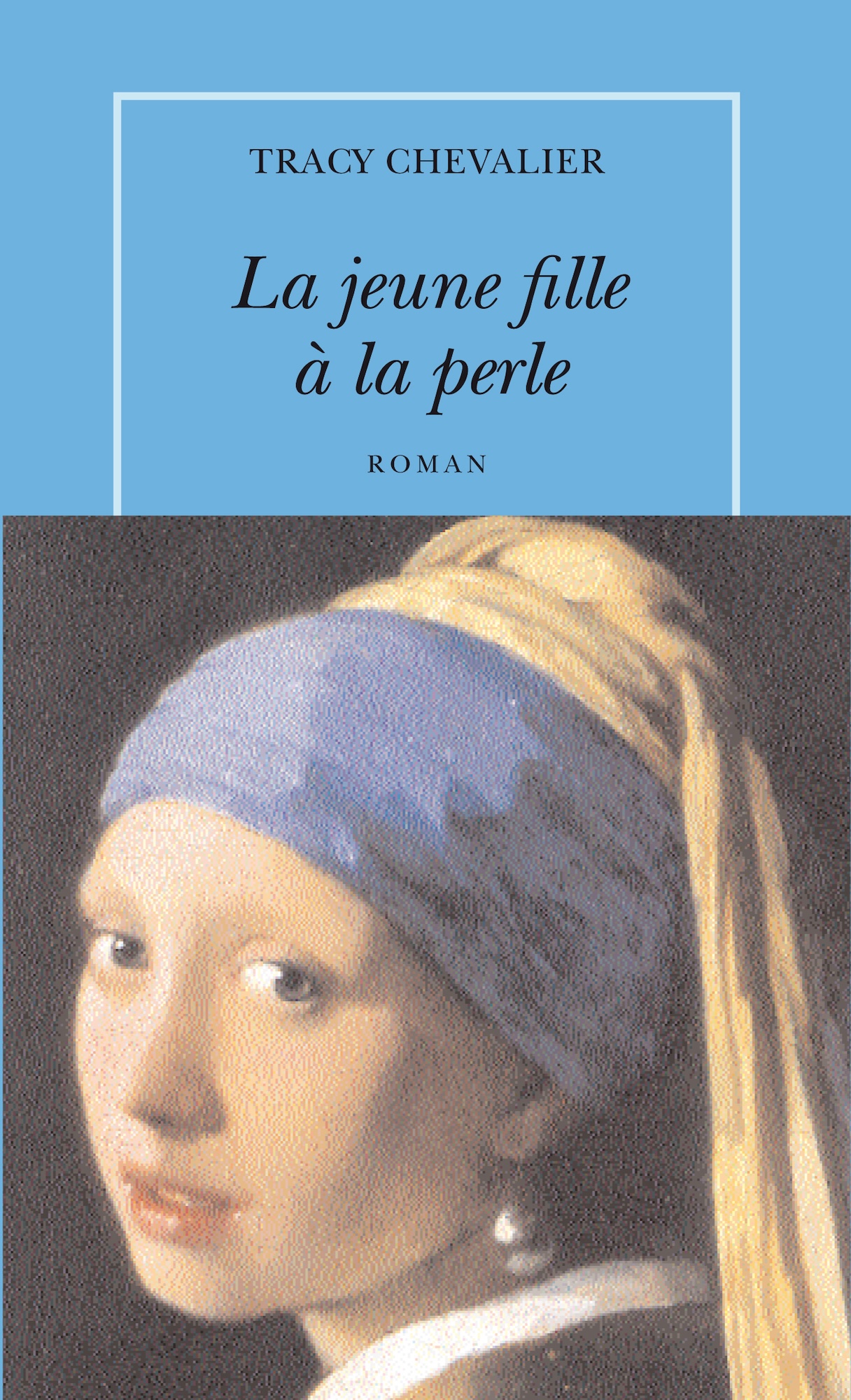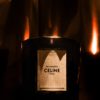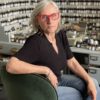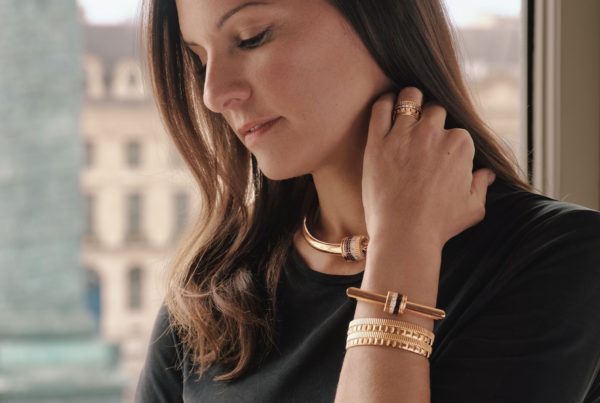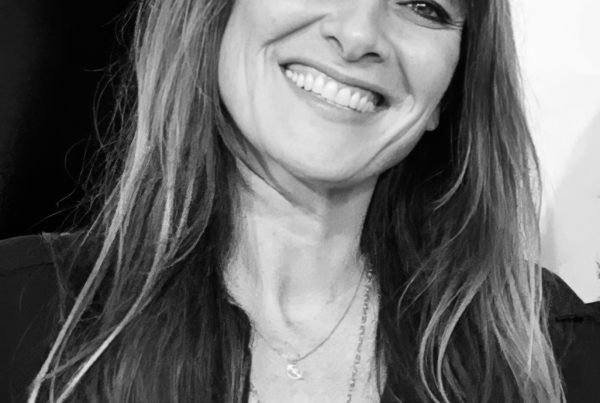Sophie Labbé, for the love of words and perfumes
For this fourth episode dedicated to words and perfumes, we focus on Sophie Labbé, a perfumer with a passion for literature who has created magnificent works for Bvlgari, Calvin Klein, Elie Saab, Givenchy, Guerlain and Kenzo. In a conversation, she discusses how literature inspires her olfactory creative process with Valérie Donchez
With degrees in chemistry and biology, Sophie Labbé could have continued on the scientific path, depriving us of some beautiful fragrances. However, thanks to a decisive encounter with Jean Kerléo, the nose of the Jean Patou brand, a passion was born.
When she met the master perfumer in 1985, he found the words to give her a glimpse of the magic of this profession. Sophie Labbé then enrolled at the Institut Supérieur International du Parfum, de la Cosmétique et de l’Aromatique alimentaire (ISIPCA), a prestigious institution founded in 1970 by Jean-Jacques Guerlain, from which she graduated at the top of her class in 1987. After five years at Givaudan and 27 years at IFF, she joined Firmenich in 2019.
Sophie Labbé has created many beautiful works. Her latest creations are called Musc de soie by Van Cleef & Arpels. ‘An infinitely soft musk, with a cold aldehyde top note infused with the white warmth of neroli petals, enveloping, clean and modern.’ There is also Le Gemme Amunae by Bvlgari, “which evokes moonstone through a very modern jasmine, contrasted with a woody accord and black musks. Or L’Eau d’Issey Miyake pour Homme Eau de Parfum, ‘an intense, aquatic fragrance combining the power of marine notes with the depth of woods, inspired by the scent of the ocean.’
Literature is a wonderful escape for Sophie Labbé, but not only that: books are one of her inexhaustible sources of inspiration. Let’s talk words and perfumes…
INTERVIEW
Which author had a profound impact on you as a child?
Sophie Labbé: Marcel Pagnol. I really liked his family stories, Le Château de ma mère (My Mother’s Castle, ndlr) and La Gloire de mon père (My Father’s Glory, ndlr). They are very fragrant novels, just like Provence itself! There was also Le Petit Prince by Saint-Exupéry. Between the rose, the fox and the sand, what wonderful scents!
In the history of perfumery, which fragrances most evoke literature?
Bel Ami by Hermès and Poème by Lancôme. There has never been a perfume based on Charles Baudelaire’s Correspondences, which I regret. Then, of course, there is Mitsouko by Guerlain, a perfume inspired by the beautiful heroine of an impossible love story at the heart of Claude Farrère’s novel La Bataille. It’s a perfume I’ve been wearing for a long time.
When did you first discover it?
I smelled it on a friend’s mother when I started my studies at ISIPCA. It had a magnificent aura, coupled with something very profound. I immediately wanted to wear it, to smell it on shawls. Its scent on clothing is wonderful!
Would you describe yourself as a writer of scent?
I would say that I write perfumes. There is always a plot in a perfume, just like in a novel. The ingredients are like words, the accords are like sentences, and the perfume is a story, with a beginning and an end. And what’s fantastic is that perfumes and novels stay with you all the time, even when you’re not reading them, even when you’re not wearing them.
The writer Colette inspired you greatly.
Colette is one of the writers I read when I was younger. I fell in love with her book Pour un herbier, a tiny book that is not easy to find. Throughout its pages, there are beautiful illustrations of flowers. Her description of gardenia inspired me greatly. I think Colette could have been a perfumer.
How does she describe gardenia?
She describes it with its milky, very creamy petals, subtly highlighting a scent of morel mushrooms. Gardenia has a very green note that is not always mentioned, and Colette was able to describe it. Her description was so realistic that I was dazzled by it. It inspired me to create Organza for Givenchy. The idea behind Organza was to represent the goddess, from the young girl to the more mature woman. All women in one fragrance. Gardenia revealed a lot of freshness and youthfulness, while also being a captivating, exuberant flower like tuberose. It is a perfect flower to represent women of all ages.
You imagined a fragrance for the hero of Fifty Shades of Grey just for fun. What did he smell like?
Christian Grey, the main character in Fifty Shades of Grey, was intriguing. That’s why I imagined working on his body odour. He took baths and showers with care products containing notes of jasmine. There was also cedar and incense in the composition. I worked around a musk accord to reproduce the very attractive aspect of his skin.
It was an exercise in style. What did you do with it?
I love these highly creative exercises, creating from a book, from a description that we keep in our secret perfumer’s gardens. Very often, we can reuse them in our work. It’s like a little nursery of ideas.
What have been your latest literary influences?
Right now, I’m immersed in Japanese literature, with Aki Shimazaki. I admire her rigour in writing pentalogies. Each subject is seen through the eyes of five different people. I am very sensitive to her words and her poetry. Aki Shimazaki also inspires me to find names for my perfumes. When I work on a brief, I like the name of the perfume to represent what I am going to work on, to fully illustrate the idea. And very often, I find these ideas in Aki Shimazaki’s books. Japanese literature has also led me to read Ito Ogawa, The Restaurant of Love Regained and The Tsubaki Stationery Store. She has an extraordinary, very sensitive writing style. Her descriptions of food and smells are very inspiring for a perfumer.
Are there any other Japanese authors who inspire you?
Durian Sukegawa, the author of Sweet Bean Paste. In this novel, a very elderly woman works with red bean paste. I have been working on these kinds of notes for perfumes that will be released soon.
Japanese art seems to be an inexhaustible source of inspiration.
One of my latest Japanese-influenced creations is called Noir Kogane, for Armani Privé. The bottle was designed in the spirit of Kintsugi, a Japanese art form that involves making something very expensive and beautiful from broken pieces by repairing them with gold joints. In this perfume, I used saffron, known as ‘red gold’, to unify all my ingredients around vetiver and incense. At Christmas, I received a Fornasetti plate. When I unwrapped it, it fell and broke. Unable to bring myself to throw the pieces away, I put them in a frame, respecting the shape of the plate. While working on this fragrance for Armani, I realised that I had practised a form of Kintsugi.
If you could put a character or author in a bottle, who would you choose?
I really like Tracy Chevalier’s novel Girl with a Pearl Earring. I imagine the atmosphere, the colours, the paintings, and that pearl shining too.
Read also the interviews with Jean-Claude Ellena, Anaïs Biguine, Alexandra Carlin on words and perfumes.


